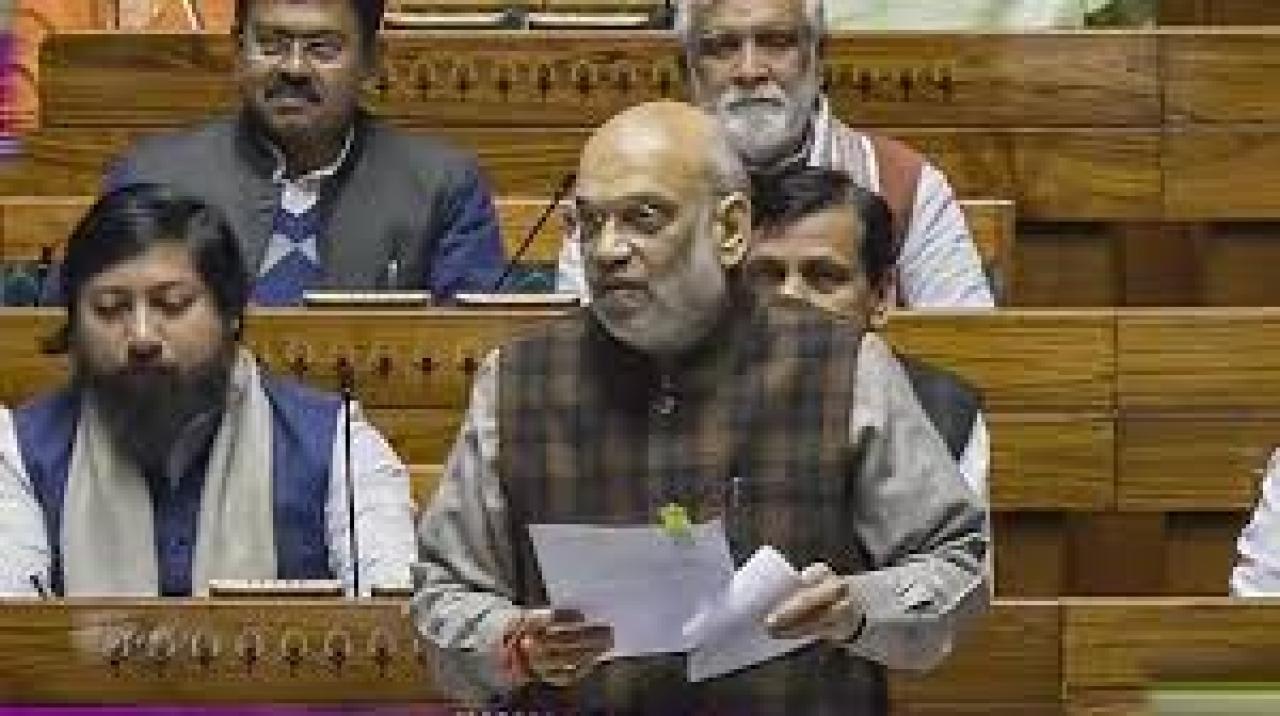
Tom Steyer, billionaire investor and philanthropist, is a good guy. I’ve met him and chatted with him briefly. He even said nice things about CleanTechnica , so .
.. he won some points in my book.

Tom ran for president and got up to 11% of the vote in the Democratic primary before dropping out, and the remarkable part of that is that he had a more or less single focal point — climate. As a single-issue voter (not that I don’t care about other things, but I vote climate, period), he was my guy, and I was thrilled to see him bring attention to this issue. It wasn’t long before the entire group of Democratic challengers was openly talking about climate change as a threat to society and something that needed to be addressed as a primary issue on the campaign trail and in policy.
Tom penned a book called Cheaper, Faster, Better — How We’ll Win the Climate War . I’ve been sitting on it because I felt it missed the mark in a number of ways, but I feel like now is the perfect time to write my thoughts on it. Steyer hits the mark well, talking about the technologies that are changing the world, getting us products and services that are truly better while also being cheaper.
EVs are a good example, when looking at the TCO (Total Cost of Ownership). Solar is a no-brainer in so many applications because it’s a mature industry, making it now less costly and easy. He also profiles some amazing entrepreneurs building products and services that simply make the bad stuff obsolete (meaning no amount of political BS will get in the way of those things disappearing .
.. Mr Steyer believes in market forces on this level, strongly).
I’ll also give him credit for calling out some shenanigans. For instance, he profiles the case of an offshore wind power development in New Jersey that was scuttled due to local concern over whale deaths. Opportunists in the fossil industry managed to spin a slightly higher than normal number of whale deaths into a complete reversal of public support for the offshore wind industry, and shut down an already authorized construction of turbines 10–20 miles off shore.
Despite the fact that the whales that were autopsied, every last one of them, had been hit by a boat, not killed by electromagnetism from the wind power surveying process, this perception produced a huge win for the fossil industry, which continues to be able to sell New Jersey fossil-powered electrons — which, of course, will cause a lot of whale deaths. Steyer encourages us to do more, while balancing our guilt and our realities. “It’s uncomfortable to be the guy saying that the vast majority of us aren’t doing enough to fight back,” he wrote.
He finds the gap between those who care and those who act to be a source of hope, not despair. “If we were doing everything we possibly could as a country, society, or a species, and the planet was still warming at its current alarming rate, that would be discouraging. But we’re barely scratching the surface of what we can do.
Our incomplete effort is already reshaping the way we create and use energy, revolutionizing transportation, making us rethink agriculture, developing technologies that used to be the stuff of science fiction, and so much more.” He goes on to say that if just 10% of us devoted 10% more of ourselves to climate, it would make an “enormous” difference. Later, he says that “I’m all for making greener personal choices, but we don’t have time to waste feeling ashamed about the choices we made that could have been a tiny bit better.
Being on the right side of history — changing your life to help humanity deal with the greatest threat it’s ever faced — is hard enough without self-recrimination. Don’t let the oil and gas companies trick you into feeling footprint guilt.” On the subject of how we go about it, Steyer quotes Bill McKibben: “Making the perfect the enemy of the good is, in such a case, more like making the perfect the enemy of anything at all.
When you’re in an emergency, acting at least gives you a chance; not acting guarantees an outcome, and not a good one.” Solid, Bill, solid. Steyer then writes something dubious: “In my experience, it’s often the people outside the climate establishment who have been quickest to understand the changing nature of the threats we face, and how to fight them.
” He says that we shouldn’t outsource our judgment to people just because society has given them a title like coach, CEO, or Senator. Oof. This opens the door to so much.
We saw a funny story from the Extinction Rebellion recently where they cluelessly follow someone “outside the climate establishment” to rail against electric cars, art, and billiards tournaments. Steyer legitimizes this “novel” approach to climate activism with this line of thinking, and I, for one, tend to want to trust people who have been studying this stuff for decades and use actual science. Steyer rejects the notion that we can goodwill our way out of the crisis — “I’m skeptical of any solution to climate that requires humanity’s collective heart to grow three sizes .
.. what we need is a tool not just for creating change, but for convincing people around the world to embrace that change as quickly as possible.
As it turns out, we already have one. It’s called capitalism.” So, Steyer focuses his energy on market-based solutions to the climate crisis, which, nowadays, may be our best bet.
I’ve written before, though, that as long as polluting industries are able to do their business without paying for their pollution (whether its carbon emissions, ground-level ozone, e-waste, or any other form of “pollution”), it’ll be hard for a “better” solution to win the capitalistic battle to the bottom price war. If you don’t cut corners, how do you keep your costs lower than those who do? In addition, Steyer does identify that the flow of money and corruption from the New Jersey wind energy debacle came from shady sources, mislead people, and had a well-organized battle plan, but he doesn’t really follow that to its logical conclusion. That conclusion, it would seem, is that the fossil industry does a great job of influencing public opinion — through “local groups,” through media they own or fund (everything from local TV news to radio stations .
.. you name it, they’ve got their hands in it), through influencers they pay, through hand-picked tenured professors at higher ed institutions, through armies of PR specialists whose career is to scare people about cleantech.
...
They control the bullhorn. They’re able to spin things and get people thinking, acting, buying, and voting in ways that benefit them. Steyer doesn’t really address this, and I think it’s the biggest, most fundamental challenge to a “free market” solution.
You can have cheaper, faster, and better, but if people don’t believe it because they’ve been indoctrinated for years against trusting it, they still ain’t gonna buy it. What goes for any Joe Schmoe looking at a new water heater also goes for buyers at municipalities and managers of university endowments. We need people to understand the issue, and hard working journalists who don’t take ad money from polluters are, unfortunately, a rare breed these days (ahem .
.. if you can, please chip in a few bucks a month to help us stay that way! ).
CleanTechnica's Comment Policy LinkedIn WhatsApp Facebook X Email Mastodon Reddit.














